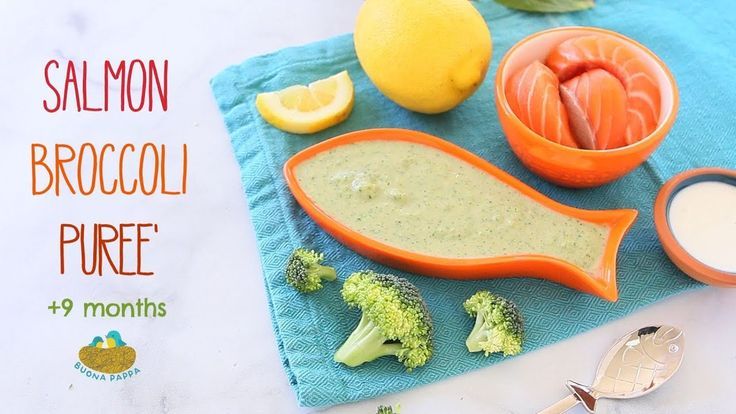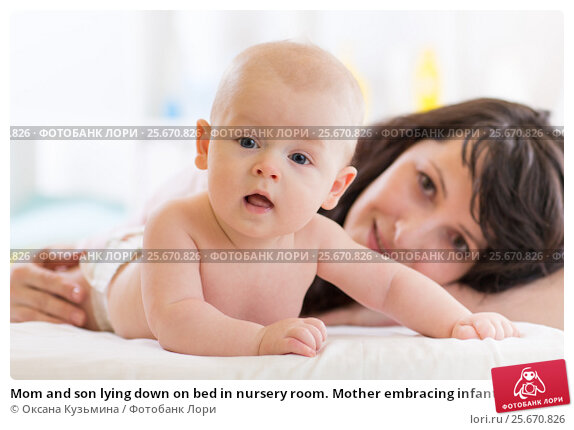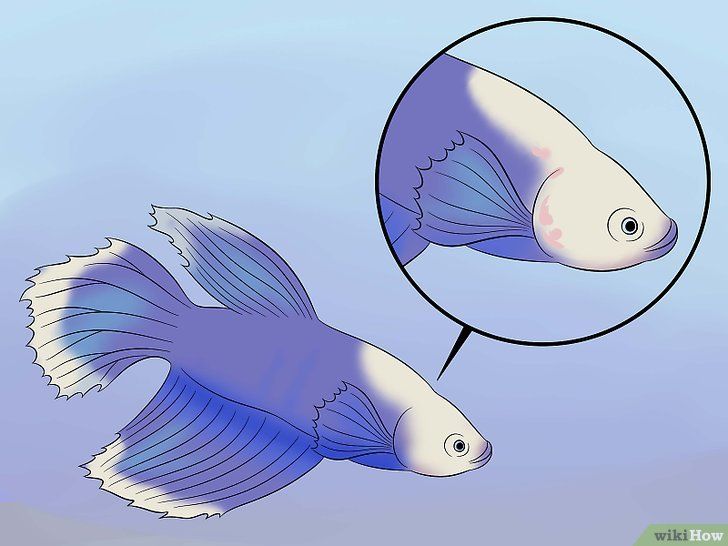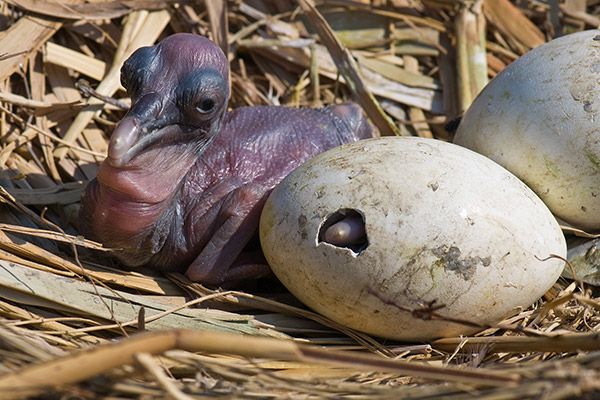Games with baby food
How to Play "Name that Baby Food" Baby Shower Game
Name that baby food is an awesome baby shower game that requires some set-up, but is totally worth it! In this baby shower game, your guests will taste different selections of baby food and try to guess what it is. The person with the most baby food friendly palate wins the game.
Materials
- Jarred Baby Food - 6-12 flavors
- Wastebasket
- Container - where guests can put their completed answer sheets
- Permanent marker / pens / pencils
- Paper to cover the jar labels
- Answer Sheets - these can be blank or pre-numbered so guests will just write their guesses about the flavors that correspond with the number
- Tasting utensils - plastic spoons or popsicle sticks (enough so that guests don't reuse the utensil for each flavor)
Prepping for Name that Baby Food Baby Shower Game
To prepare for this game, you will need to purchase some baby food jars in advance. To keep the game fair and simple, it's best to choose baby food jars that only contain one type of fruit or vegetable.
There are a lot of combo flavors (like apples and bananas or mangos and pears, etc...), but that may really stump your players, so just sticking to one ingredient per jar is best.
To keep things interesting, you may look for baby food that look somewhat alike - it's tricky but not too tricky. For examples, apple baby food and pear baby food may look very similar in consistency and color, so that might be a good choice for a couple of flavors. Carrots and sweet potatoes also look similar, so that could also be a nice couple of flavors that you can choose.
Once you have the baby food jars purchased, make a note of which flavors are in which jars (you'll need to know this for the answer key as the labels will be removed). A quick numbered list with the flavor and numbering the bottom of jar with a permanent marker can be a quick way to keep track.
Once you have the baby jar flavors noted, you can take off the wrapper (or you can always cover the wrapper with some patterned baby to hide the flavor). If you choose to take off the wrapper, there might be a little bit of adhesive left, so you might need some adhesive remover to get those last bits of stickiness off.
If you choose to take off the wrapper, there might be a little bit of adhesive left, so you might need some adhesive remover to get those last bits of stickiness off.
Now with your "naked" jars, you can number them with a permanent marker or get some colorful construction paper and make a new label for the jar with just the number.
For the game, your guests will get a blank numbered piece of paper and they will write their guesses that correspond to the number on the jar.
Baby Shower Game Set-up
To set-up the game, you will need some space where you can put out all the materials - jars of food, game sheets, pens, popsicle/spoons, wastebasket, etc... You should opt for a dedicated space so the stuff doesn't get mixed up with other things. A small table or countertop should be fine.
How to Play Name that Baby Food
There are a couple of ways that you can play the game. You can have the game be passive, meaning the guests can play it throughout the baby shower event and drop their answer sheets in a container and you can tally up the correct answers later and announce the winner.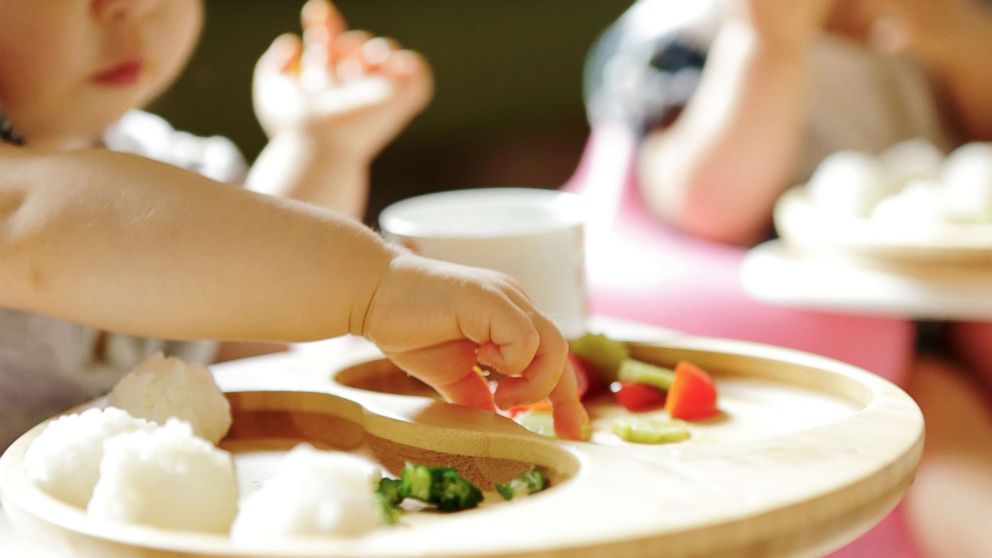 Or you can make the game a main event and ask for volunteers to play while the rest of the guests become the audience.
Or you can make the game a main event and ask for volunteers to play while the rest of the guests become the audience.
If you choose to play the game passively, you might consider having the instructions out on display so guests know what it's all about - the last thing you want is guests thinking you're serving appetizers!
If you are expecting guests of all ages to attend, then you might think twice about letting the game be passive - depending on the age of the kids, they may not quite understand the game and the results could be...messy.
The other way to play this game allows for everyone to enjoy the action. You'll need to carve out some time to play the game during the event. At the time, you can ask for volunteers who want to play - not everyone will feel comfortable tasting baby food in front of an audience, so asking for volunteer players will just make things easier.
Once you have the volunteers, have each of them taste one baby food at a time, then write down their guess. When they've had a chance to taste each one, you can announce the type of food, the person with the most correct wins!
When they've had a chance to taste each one, you can announce the type of food, the person with the most correct wins!
It may be more fun to play this game with an audience as everyone will be able to see the reactions of the players as they taste those mushy peas and squashed carrots. It will also be fun to announce the winner right away.
Baby Shower Game Prizes
For this game, you may want to prepare a few prizes just in case you have a tie. As the game is all about food (albeit baby food), it might be fun to have your prizes be food-related too.
Here are some food prize ideas that you might consider:
- Homemade Jars of Jam: If you love canning, then consider making some special treats for your winners. A cute label "Adult Food: Apricot Jam" or something that ties the prize back to the game can be a clever and memorable baby shower game prize. If you're not into making jam, then buying a few fun flavors and relabeling them with cute labels is an option.

- Mason Jar Recipe Kits: A recipe in a jar prize is always fun and can be a play on the baby food jars. There are tons of recipe in a jar kits you can find online and if you think you might have more than one winner, then this is an easy prize to duplicate.
- Food Cooking Kits: As this baby shower game is all about flavor, consider some food kits for your winners so they can add more flavor to their next dish! A collection of exotic salts, a variety pack of BBQ sauces or salsas. Some nice oils or spice mixes can also work.
- DIY Food Gift Basket: A little themed food gift basket is another option. A small container filled with goodies for a movie night, breakfast in bed, or a picnic would make a great baby shower prize.
Related Articles
Baby Shower Ice Breaker Games
Are you expecting a lot of guests who may not know each other very well? Do the parents-to-be have multiple circles of friends they are inviting? Then consider having including an ice breaker game during your event. This will encourage people to get to know one another and be great if you are planning for some heavy participation in upcoming games (ahem, such as "Name that Baby Food"). The more comfortable your guests are with one another, then the more likely they will be want to play more game!
This will encourage people to get to know one another and be great if you are planning for some heavy participation in upcoming games (ahem, such as "Name that Baby Food"). The more comfortable your guests are with one another, then the more likely they will be want to play more game!
Keepsake Baby Shower Activities
Hosting a baby shower can be a lot of fun, especially when you're including some hilarious baby shower games to play. Aside from all the fun, you should also consider some activities that can be enjoyed by the parents-to-be long after the baby shower is over. Keepsake activities are a lovely way to encourage guests to leave something special for the new parents that they can treasure for a while.
How to Host a Diaper Raffle
Looking for a way to set the new parents up for a good while? Consider including a diaper raffle with your event. It will require you to announce the diaper raffle with the invites going out so your guests will know they can bring a pack of diapers to participate, but it'll be worth the effort!
Guess The Baby Food Game
Posted on - Last updated:
Please Share This Post!
I organised several games and activities for my sister’s Pink Flavoured Baby Shower and they were a whole lot more successful than I had anticipated! Everyone really got into the spirit of things and they were great fun, as well as bringing all the guests who didn’t know each other together.
The first game I’m going to tell you about is ‘Guess The Baby Food’. And if you’re thinking, “OMG, do we have to eat baby food?!” Let me tell you yes, yes you do!
2015 Update – By request, I’ve added these as free printables for you to download here: Guess The Baby Food Game – Baby Shower Free Printable
It was a fun game…even if a little on the gross side – do we really feed babies this jarred stuff? Blech! Everyone joined in, except for me, because, you know. Answers… >_>
It’s easy enough to set up – you just need a little preparation! I bought 6 jars of baby food – 3 savoury and 3 sweet. You could have more or less if you like, but it felt like a good amount. It’s best to try and get varying flavours if you can.
To keep the jars a mystery you will need to take off the labels. I created some custom labels to stick on, but you could just as easily use sticky labels that you write numbers (or letters on) and keep tally of what is what on a hidden sheet of paper.![]()
What I did, was put each label into a corresponding envelope to reveal when everyone had made their choices.
I also made a sign to sit next to the game, along with answer sheets. But you can be as creative (or non-creative!) as you like!
I also provided lots of plastic teaspoons so as not to double dip! Initially, the weather was looking a little suspect on the morning of the baby shower, so I set everything up inside, eventually, as the sun came out to play, we all moved outside, including the games!
When game time came around, I removed the jar lids, and gave out some paper plates for people to scoop food onto to taste from. It was quite amusing to watch people’s reactions to the taste of the food and to hear their guessing of what each jar was!
I think you only have to look through the reaction photos to know how this one worked out!! It was hilarious, and if you’re holding a baby shower for someone, I encourage you to give this game a try!
You will have to excuse the minging-ness of my garden in the outside photos – it really needs ‘doing’!
| Mummy and Daddy to be start the proceedings! |
| My brother is keen to start with |
| Eventually he proclaims that the food tastes like feet! |
| My brother’s face in the background cracks me up! |
| My brother-in-law thinks “what the hell is this?!” |
| Then he thinks “hmm, not bad!” |
Make sure you check out our Gift Ideas for Baby’s First Christmas when the time comes!
Please Share This Post!
Games in kindergarten and at home on the theme of "Healthy Eating" | Outline of the lesson:
Games on the topic "Healthy Eating"
It is very important to form the need to adhere to a healthy diet in childhood.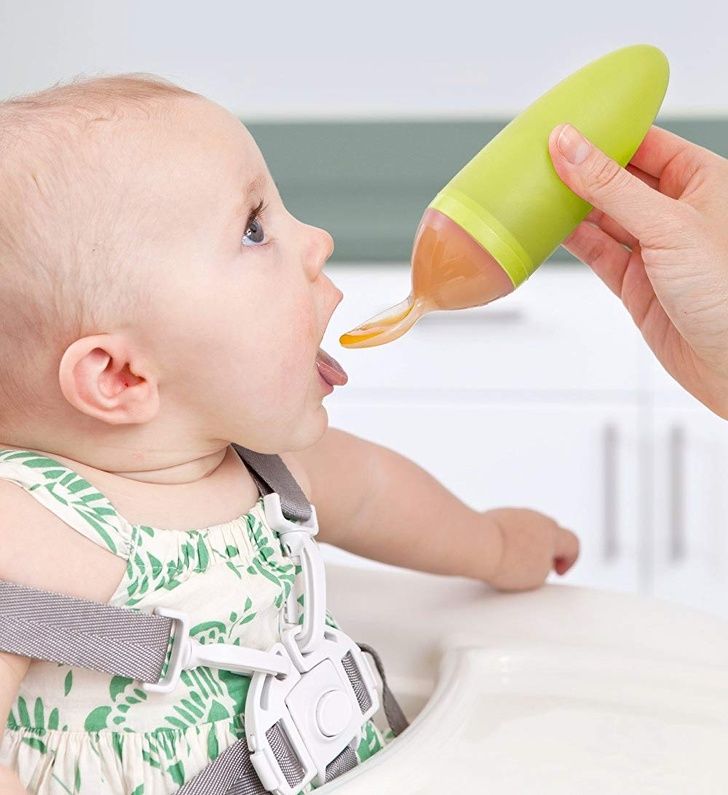 We offer you games for home and kindergarten.
We offer you games for home and kindergarten.
Game "Tasty - tasteless. Useful - not useful "(for children 5-7 years old)
Purpose of the game: diagnostic: to determine the taste preferences of children in the game.
The leader can be either an adult or a child. You can play at home with the whole family or in kindergarten with the whole group.
All players stand in a circle. The host throws the ball to each player in turn, naming a product or dish. The player to whom the ball is thrown must quickly consider whether he thinks this dish is tasty or not tasty, catch the ball if he thinks it is tasty, and not catch the ball if he does not like the dish or product.
When children hear familiar food names, they react to them according to their food preferences.
Game "Burime"
During the tournament, all players are given the task to compose a poem of four or more lines, using as final rhymes the rhyming words proposed by the moderator on the topic of vegetables and fruits, food products. Suggested rhyming words should be at the end of the lines. Words can be interchanged, change the case, number, keeping the rhyme.
Suggested rhyming words should be at the end of the lines. Words can be interchanged, change the case, number, keeping the rhyme.
Examples of RIFAM:
| Cucumber - well done Tomato - Signor Turnip - Brespect Luke - Sound Vacation - Round dance |
Malinka - Vitaminka Lemon. Phone Grows - Blooms Beds - Hide and Seek | Weeds - Great Jam - Cookies Pleasure - Surprise -Work 0003 Watering - Surprise |
Example of a poem:
A cucumber grew in the garden,
There he played hide and seek with us!
I found a cucumber myself,
Dad praises: “Well done!”
ABC game for adults and children
The host calls the letters of the alphabet, and the participants take turns naming a useful product or useful components of products starting with this letter. Having named the word, you need to explain how this product is useful. If there is no name for some letter, you can replace it with a word that includes this letter. After the first play, you can immediately play this game again, calling the letters of the alphabet in reverse order, from Z to A.
Having named the word, you need to explain how this product is useful. If there is no name for some letter, you can replace it with a word that includes this letter. After the first play, you can immediately play this game again, calling the letters of the alphabet in reverse order, from Z to A.
Option: the characters of the alphabet are called not by the leader, but by the participants of the game. The host only makes sure that the order of the letters in the alphabet is not violated.
Examples of names:
- Avocado, orange, pineapple, apricot
- broccoli, banana
- cherries, oyster mushrooms
- grapefruit, mushrooms, peas melon
- Ivaria
- , Robenses Honeys
- Yoghurt
- Chicken meat, potatoes, dried apricots
- Salmon, onions
- honey, milk, meat
- Nut
- Vegetables, universes
- Papaya
- radishes, turnips
- salad, celery
- tuna, tomatoes
- of the fuel, fences
- coils, dumplings
- , dumplings
- , dumplings
- areas Bread
- Colored cabbage
- ledches
- spinach
- Schevel
- edible
- pumpkin celery
- Eskimo
- Brussels cabbage
- Eggs eggs
- eggs0084
The facilitator can help the players by suggesting names and explaining the benefits of certain products.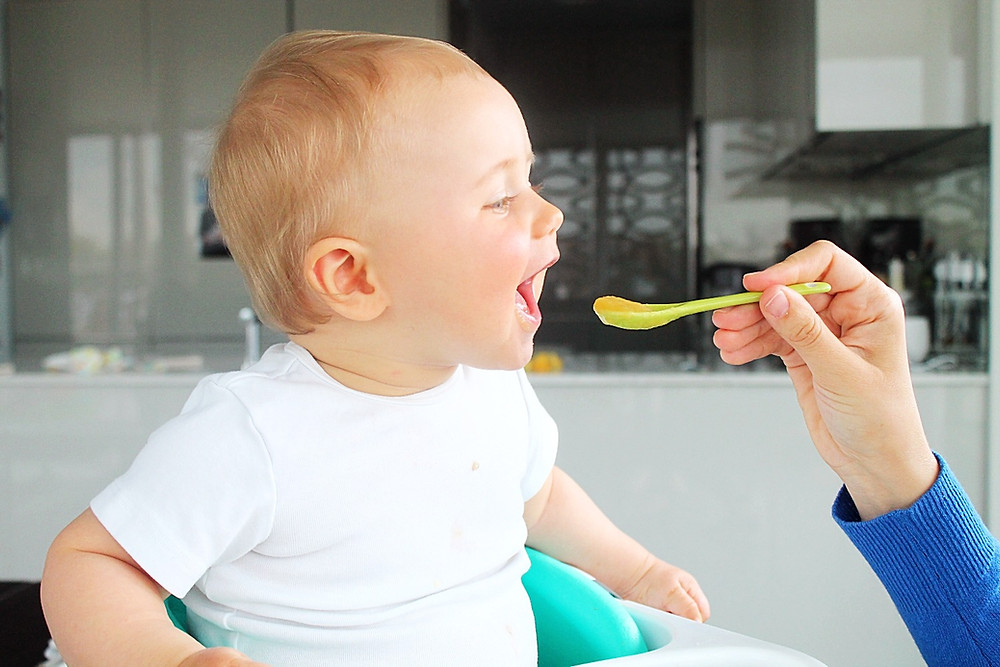
Game "Try, look and guess!"
Purpose of the game: to introduce children to new types of healthy foods that they may not have been familiar with before.
The process of organizing proper nutrition for children is based on the use of the game method. The development of cognitive interest in children contributes to a more rapid addiction to the use of healthy foods.
Very important: the desire of parents to lead a healthy lifestyle and set a positive example.
Game progress:
An adult prepares several types of healthy foods. Products must be presented in two forms:
- cut into small pieces (for the part of the game where they need to be tasted),
- as a whole (or in the picture, like, for example, spinach; if you try, it will be cooked from frozen spinach product).
In the first part of the game, the children, having closed their eyes, have to guess which product they are tasting.
In the second part of the game, children have to identify the product by its natural appearance or image.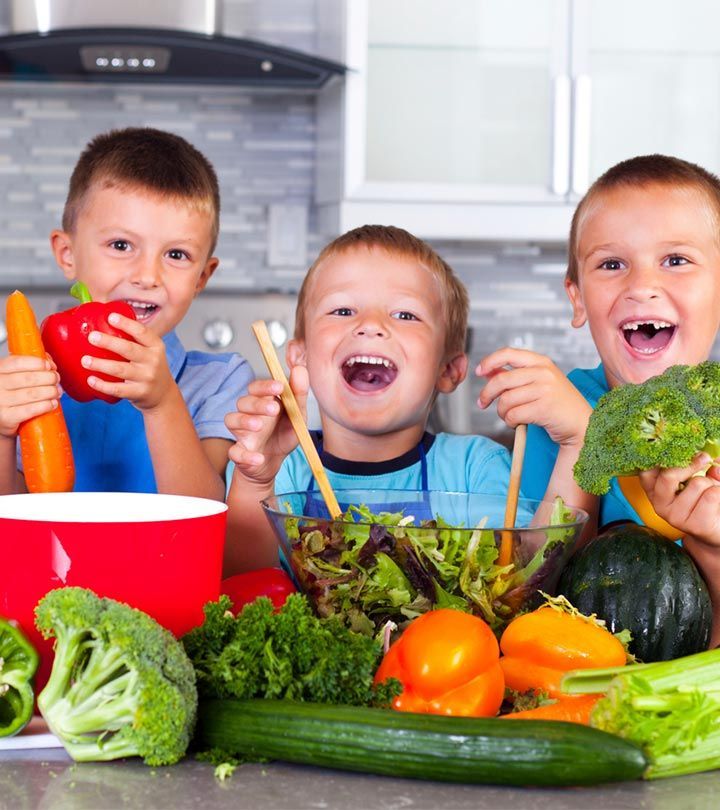
Option: Match the products you are trying with the pictures.
For each correct answer, the participant receives 1 point. You can play both individually and in teams.
Proposed types of products: spinach, carrots (raw and boiled), broccoli, cauliflower, grapefruit, boiled lentils, avocado, tomato, apple, boiled egg, cheese, green tea and other products - at the discretion of the organizers of the game.
Note: to organize this game, you need a set of disposable cutlery according to the number of participants.
Literature:
1. The program "Conversation about proper nutrition" (M. M. Bezrukikh, T. A. Filippova, A. G. Makeeva), developed on the initiative of the Ministry of Education of the Russian Federation, with the support of Nestle .
2. Svetlana Kolchik “Love and broccoli. In search of a child's appetite"
3. Robert Rotenberg: "Grow up healthy"
4. "I know the world": Children's Encyclopedia
0003
Prepared by: O.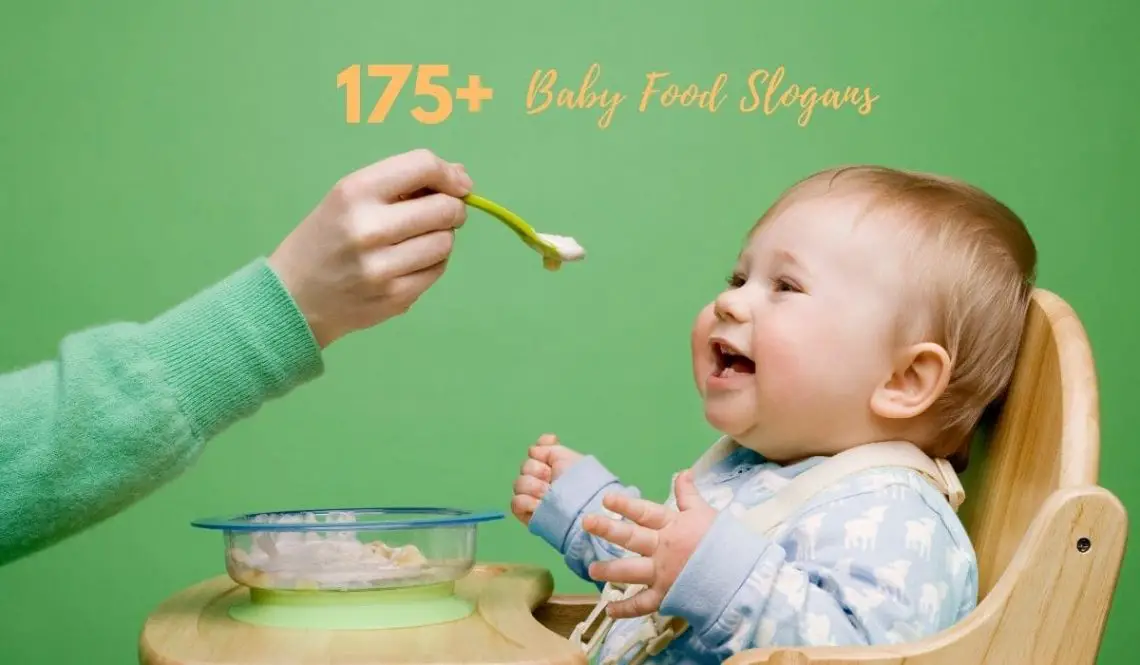 A. Kochetova
A. Kochetova
(Based on the materials of "Meal Day in Kindergarten" Natalia Sergeevna Prishchepenok)
Game-journey "Healthy and tasty food" - Kindergarten and child
Kirov.
At preschool age, a person is especially receptive to everything new. It is at this age that the foundations of human behavior, including eating behavior, are laid. Therefore, holding Nutrition Days in kindergarten is a very important matter, which must be approached with special responsibility.
At preschool age, interest is most often created through and through play. Therefore, the program of Nutrition Days in kindergarten should have as many game moments as possible. One of the effective types of games is such a form as a game-travel, which is also called a game by stations.
If one team is supposed to be active at each station, you can define the number of stations equal to the number of teams plus one or two stations so that none of the teams have to wait for their turn if all the stations are occupied by other teams. If two teams compete at the stations, the number of stations can also be two more than the number of teams divided by two.
If two teams compete at the stations, the number of stations can also be two more than the number of teams divided by two.
With a very small number of participants (up to ten people), it is also possible for children to complete tasks at the stations individually, competing with each other and receiving points for completed tasks. In this case, from two to four people can participate at the stations at the same time, and each participant has his own route list, where the points received are entered or tokens are glued.
Before the start of the game, at the general meeting, all children are divided into teams of 5-7 people. The number of commands must be even. Each team is given a route sheet indicating the name, location of the stations and the order in which they are visited.
Two teams compete at each station. Children need to complete certain tasks. For completing the task, the team receives points: for the first place - three points, for a draw - two points, for the second place - one point at each station.
At the end of the game-journey, all teams get together, the results are summed up, the winning teams are awarded.
You can reward not only the team with the most points, but also the fastest team, the most friendly team, the most creative team, so that no one goes unnoticed.
You can award, so to speak, "by station", that is, the team is awarded for winning at each individual station.
The peculiarity of this game is that at each station the teacher tells the children about the aspect of healthy eating that the station is dedicated to, and then the children complete a task on the corresponding topic.
In addition to solving educational and upbringing tasks on the main theme of the game-travel - "Healthy and tasty food", the game also solves the problems of team building. Children learn to work in a team, interacting with each other, learn to listen and hear each other, and jointly find the right solution to the problem.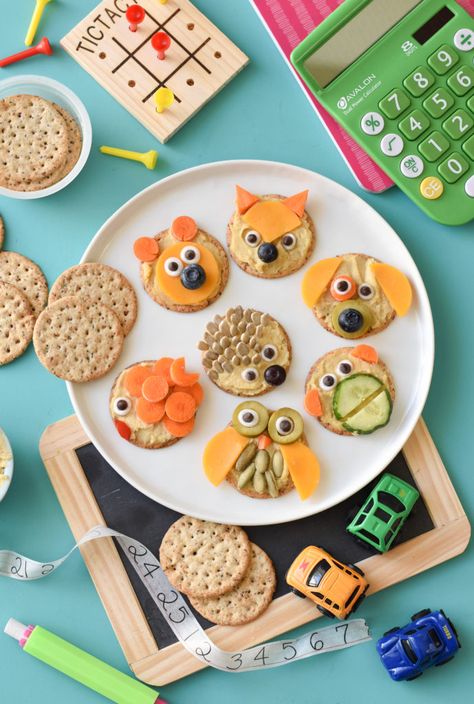
During the game-journey, the teacher can also solve diagnostic problems using the participant observation method. In the process of game interaction, the behavioral characteristics of children are clearly visible, those moments that require mandatory correction.
From the number of stations and their content below, choose the most suitable for you and your children, according to the tasks that you need to solve with this travel game.
The number of proposed stations is given in the expectation that you and your children will enjoy this form of Food Day in kindergarten, and you can spend it more than once, using the proposed set of stations, varying both the stations themselves and the content of the activity on them.
1. Poleznaya station
1. A story about useful and harmful products.
2. Task: teams are invited to place images of useful and harmful products in groups - who will do it faster and more correctly.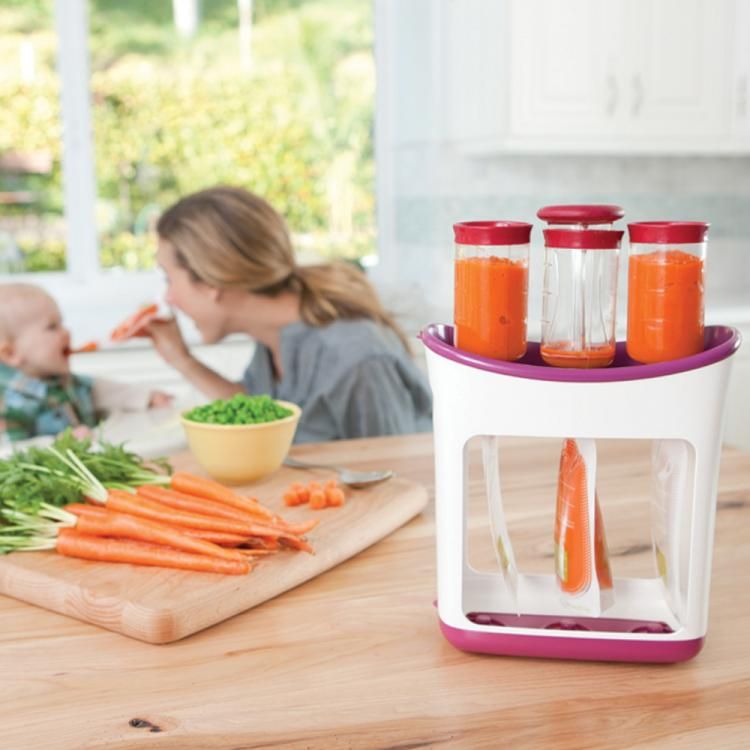
You can make your own images or take demo materials and cards from educational games. You can place images on a table or on a magnetic board.
2. Vitamin station
1. A story about the properties and benefits of vitamins.
2. The team's task is to match the vitamin labels with cards with the products that contain them. At this station, you can use the materials of the educational game "Askorbinka and her friends".
3. "Breakfast" station
Props: flat models of products, useful and not useful, drawn on cardboard or made from cardboard and colored paper:
- lettuce leaves;
- smoked sausage;
- cheese;
- tomato and cucumber slices
- boiled carrots;
- spinach leaves;
- pieces of fish;
- pieces of butter;
- mayonnaise;
- sweet pepper;
- parsley;
- chicken breast;
- avocado slices;
- slices of white bread;
- pieces of black bread.

1. A story about what is healthy to eat for breakfast.
2. The task is to assemble a useful sandwich from the proposed images and explain why it is considered useful. It is better if it is a sandwich not on a piece of bread, but on a lettuce leaf. Bread is extra carbohydrates and gluten. A rare exception may be whole grain bread.
The second version of the task: draw a useful and beautiful sandwich with some unusual image, using the image of various products. For example, it will be a cheerful face, where the cheeks can be circles of tomatoes, the eyes are halves of olives, the nose is a carrot, and the mouth is a sweet red pepper.
4. Station "Sadovaya"
Relay "Collecting healthy vegetables and fruits"
Props: cucumbers, according to the number of people in each team. These cucumbers can be made of plastic or cardboard.
The task is to collect a useful vegetable cucumber "from the garden" in a basket or bucket. The "beds" are located on a line located at a distance from the start line.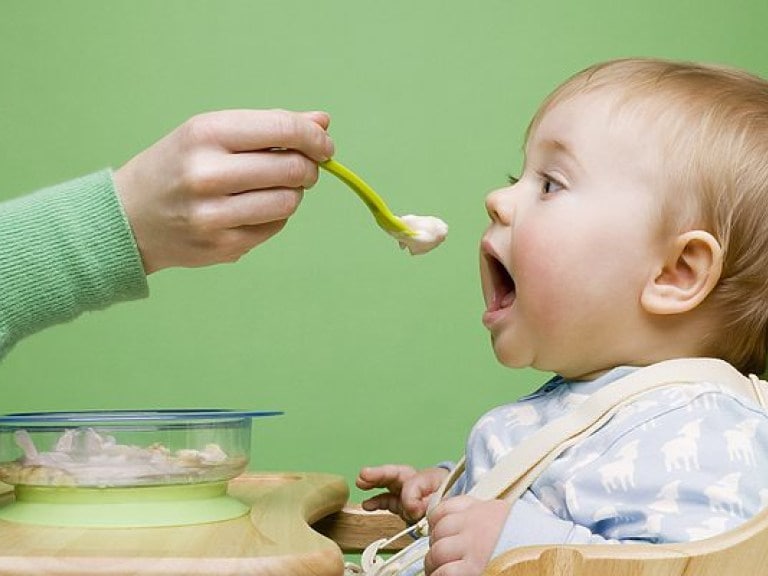 The distance is measured depending on the physical capabilities of the children and the size of the room where the relay is held. Team members one by one, one after another, run to the "beds", take a cucumber and carry it to a basket that stands near the team. The team that collects all the cucumbers the fastest wins.
The distance is measured depending on the physical capabilities of the children and the size of the room where the relay is held. Team members one by one, one after another, run to the "beds", take a cucumber and carry it to a basket that stands near the team. The team that collects all the cucumbers the fastest wins.
Second option: in the same way you can collect any other useful "vegetable" or "fruit": green balloons with black stripes painted on them can become "watermelons", small red balls - "apples". The main thing is to tell the children about the benefits of these vegetables or fruits before starting the “harvest”.
5. Lunch Station
1. A story about what is healthy to eat for lunch, and about what soup can be cooked from and how to do it.
Recent studies by nutritionists have shown that the postulate that soup must be eaten for lunch, “otherwise the stomach will hurt”, is somewhat untrue. This is the force of habit of each particular diner. But since soups exist, they are extremely tasty, and millions of people around the world love them and cook them daily, then at this station this competition will be just right.
But since soups exist, they are extremely tasty, and millions of people around the world love them and cook them daily, then at this station this competition will be just right.
2. Delicious soup relay race
Requisites: two saucepans, two sets of soup products made of plastic: carrots, cabbage, broccoli, onions. Among the products can be any useful products, the three-dimensional images of which you can find or make yourself: turnips, cauliflower, white cabbage, spinach, sweet peppers, eggplant, zucchini, chicken breast, bay leaf, and so on.
Task - the participants of both teams take turns taking any product and run to the saucepan. Putting it in a saucepan, the children run back to the team. The team whose players “cooked” their soup the fastest wins.
If the children are older, you can determine the order in which the food is put into the soup, after telling the children what is put into the soup first, because this product is cooked longer, and what can be put later, so these foods will cook faster.
6. Station "Literary-culinary"
Quiz "Vegetables and fruits in literature"
- What was the name of the river in N. Nosov's fairy tale "Dunno and his friends"? (Cucumber)
— In what work of the Italian storyteller Gianni Rodari are the characters vegetables and fruits? ("Chippolino")
— In what fairy tale is the action unfolding around a root crop? ("Turnip")
- And in which one - around the egg? ("Kurochka - Ryaba")
- About what tasty and healthy fruits Malvina asked Pinocchio a problem, but he solved it incorrectly? (About apples)
— Which round flour product did not want to be eaten, and therefore ran away from the mistress? (Gingerbread Man)
— What delicious round orange vegetable turned into a vehicle in one of the fairy tales? (Pumpkin in the fairy tale "Cinderella")\
— In a box with what delicious round orange fruits did they find a very cute fairy tale character with huge ears? (With oranges)
- Station "What is it like?"
Task — the teacher asks a question about some quality, the children, raising their hands, name a vegetable or fruit that matches this definition. The first team to answer correctly receives a token. Tokens can also be in the form of vegetables and fruits. The team that gets the most correct answers first wins.
The first team to answer correctly receives a token. Tokens can also be in the form of vegetables and fruits. The team that gets the most correct answers first wins.
The second version of the game: for each definition of the teacher, the children must give as many correct names as possible that fit this definition. The team that names the vegetable or fruit last wins. For this each time the team receives a token. At the end of the game, all tokens are counted.
During this game, children not only remember or learn the names of fruits and vegetables, but learn to correctly classify them by color, size, shape, repeating all these concepts. You can also draw the attention of children to the fact that the same fruit can have several different characteristics.
Sample questions and answers:
- What is long? Answer: cucumber, zucchini...
— What happens to be red? Answer: tomato, apple, pepper, cherry, sweet cherry, beetroot, radish, pomegranate...
— What happens to be green? Answer: cucumber, apple, watermelon, pear, zucchini, avocado, celery, cabbage, broccoli, onion, kiwi. ..
..
— What can be yellow? Answer: melon, lemon, apple, onion, cherry plum, sweet cherry, turnip, banana…
— What can be orange? Answer: orange, tangerine, pumpkin, tangerine ...
- What is blue? Answer: plum, eggplant...
— What can be round? Answer: watermelon, apple, tomato, pumpkin, turnip, onion, orange, tangerine...
— What can be sweet? Answer: watermelon, apple, banana, pear, orange, tangerine, mango…
— What can be brown? Answer: potatoes, nuts…
— What can be big? Answer: watermelon, melon, pumpkin...
— What can be bitter? Answer: onion, garlic, horseradish, radish.
If the children find it difficult to answer or do not give all the names, the teacher, of course, can prompt them, for example, by describing a fruit or vegetable, or by pronouncing its name. You can also ask clarifying questions. For example: why can an onion be both yellow and green? Why are cherries both red and yellow? (Answer: because they are different varieties) It is better to have at this station all the pictures of the named fruits and vegetables, so that if the children do not know any name, show them in the picture.
8. Station "In the garden and in the garden"
Assignment - when the teacher names an edible fruit that appears on the stem of the plant, that is, in the garden, the children should jump. When the teacher names the edible part of the plant that grows in the garden, the children should sit down. And if both parts of the plant are edible, then the children jump up and immediately squat.
The teacher can confuse children by saying one thing and showing another. Children should not give in, listen carefully and do everything right. At this station, it is also necessary to have all the pictures of the named fruits and vegetables, so that if the children do not know any name, show it to them and tell which part of the edible plant how it grows.
Examples of plants:
Potatoes - in the bed of
Onions - in the garden and in the bed of
watermelon - in the garden (more correctly - on Bakhch)
Carrots - in the bed of
pumpkin - in the garden of
in the bed of
celery - in the bed and in the bed of
spinach - in the bed of
Broccoli - in the bed of
tomato - in the bed of
-
turnips - in the garden
pear - in the garden
Cherry - in the garden
Garlic - in the garden
Parsley - in the garden and in the garden.
Teams, performing a task at this station, line up in two rows. If someone makes a mistake, he takes a step back. The team with the most members left wins.
9. Station "Mysterious"
The task is to solve riddles with a choral answer.
Come on, a spoon, my dear friend!
Let us eat lunch... (healthy)!
We are not sad to eat vegetables,
Because it's… (delicious)!
All day long I don’t know troubles,
I eat for breakfast… (omelet).
From green leaves glad
I have for lunch… (salad).
Very friendly with spinach,
I like spinach for… (dinner).
10. Station "Vkusnaya"
Requisites: pieces of various useful products lying on paper plates, disposable forks, napkins.
The task is blindfolded to determine the taste of which product was given to try. The team with the most correct answers wins. Pay special attention to the children that it is impossible to prompt in this competition, everyone must understand the taste of the product on their own.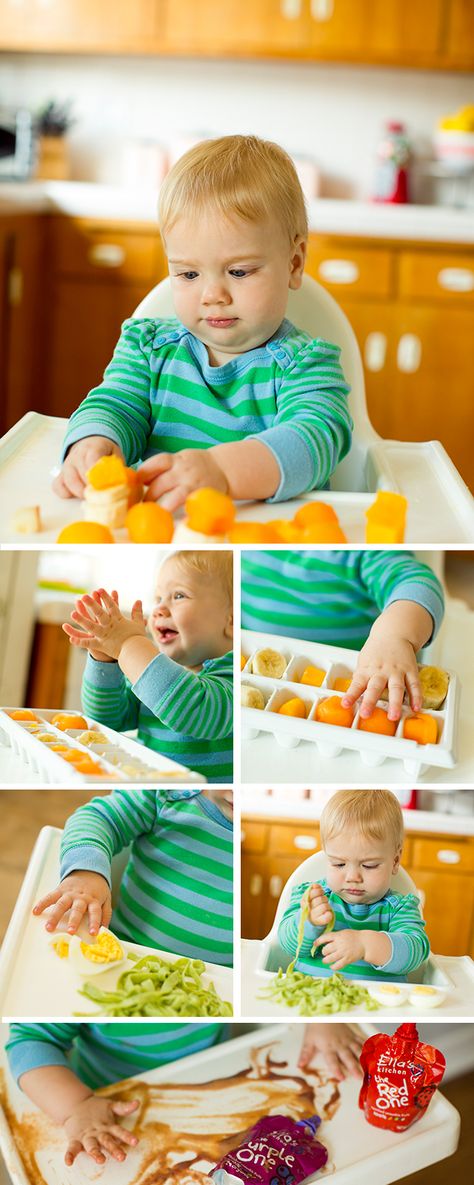 After the product is guessed (or not guessed), the teacher tells how it is useful and what can be prepared from it.
After the product is guessed (or not guessed), the teacher tells how it is useful and what can be prepared from it.
11. Station "Wise"
At this station, you need to add the last word to the proverbs that the people came up with about food. And the people will not say in vain! The team with the most correct words wins. For each correct word, the team is given a token.
Examples of proverbs:
Everyone needs both lunch and ... (dinner).
If cabbage soup is good, other food… (don't look for it).
Honey is sweet, but not two spoonfuls… (in the mouth).
The mill lives on water, but man ... (on food).
When I eat, I am deaf and... (dumb).
12. Station "Sculpture"
The task is to mold vegetables and fruits from plasticine.
13. Station "Useful advice"
The task is to give useful advice on proper nutrition. The teacher at the station writes down these tips for the children. For each correct advice, the team is given a token.
For each correct advice, the team is given a token.
14. Station "Yes and No"
Task - the teams answer the questions of the teacher "Yes" and "No", raising the corresponding signs. For each correct answer, the team is given a token. Questions at this station may coincide in meaning and content with questions that are discussed at other stations. This is done for repetition and better consolidation of the material.
After each child's answer, the teacher explains again why the answer should be that way. For example, apples in the spring are no longer as useful as in the fall, because while they are stored in the winter, the vitamins in them are destroyed. For normal functioning, a person needs 2.5 liters of water per day - explains why this is necessary. Explanations are needed to create a conscious motivation for proper nutrition.
Questions:
- Are all products equally useful? (No)
- Human nutrition should be varied? (Yes)
Need to eat very quickly? (No)
- Is vitamin D produced in the human body only when exposed to sunlight? (Yes)
— Do you have to have dinner before you go to bed, so you don't have to be hungry all night? (No)
- Are apples as healthy in spring as they are in autumn? (No)
— Does a person need 2. 5 liters of water per day for normal functioning? (Yes)
Do you need to eat once a day? (No)
— Can I eat a whole chocolate bar a day? (No)
— Do milk, meat and eggs also contain vitamins? (Yes)
- Volatile substances phytoncides, which are in onions, kill pathogenic bacteria? (Yes)
- Is vitamin A important for vision? (Yes)
- Is there more vitamin A in boiled or stewed carrots than in raw ones? (Yes)
— Can a person feel worse from a lack of vitamins? (Yes)
Are cakes, pastries and buns the healthiest food? (No)
— Are there many healthy vitamins in fruits and vegetables? (Yes)
15. Vybor station
At this station, children have to answer two questions in turn: what foods do you like and why? The children then collectively evaluate their responses in terms of the health effects of their favorite foods. At this station, both teams can get five points for being able to think and reason and, in the end, come to the right opinion.
16. Station "Try, explain!"
Task - the teacher asks the children to explain how they understand the three main rules of proper nutrition: variety, moderation, timeliness. At this station, the teacher can give one point to those children who most clearly and correctly expressed their thoughts.
17. Compose Answer Station
This station is suitable for children who already know how to read well. Props: A4 format cards, on which the letters that make up the word "currant" are written (two sets - for each of the teams).
The task is to write answers to the questions using the available letter cards. The letters make up the word currant. Each team member holds one card with a letter written on it. The teacher asks questions. Teams must stand in such a way that the teacher can read the answer from the letters that team members hold in their hands. For each correct answer, the first team to make it gets one point.
Questions:
- This is the name of someone who can do something very well. (Ac)
(Ac)
- We need this to smell and determine if the food is fresh. (Nose)
- Some fruits and vegetables are masculine and others are feminine. (Genus)
- It is made from berries. (Morse)
— Trees and shrubs grow in it. (Garden)
- We dream of him. (Dream)
- Moles live in it, who are very fond of digging in the garden. (Nora)
— Every person and even a plant has its own. (Motherland)
— This fish lives in pools and it has a mustache. (Som)
- All vegetables, fruits and berries that nature gives us can be called this word. (Gift)
- This insect is striped and can bite you, for example, when cooking berry jam. (Wasp)
- This loud cry can rise when someone is bitten by a wasp while cooking jam. (Op)
- With this pronoun we call any vegetable and fruit of the masculine gender. (He)
- Needed by all people on the planet. (World)
— It is at the basket, and at the bucket, and at the river, and at the sea.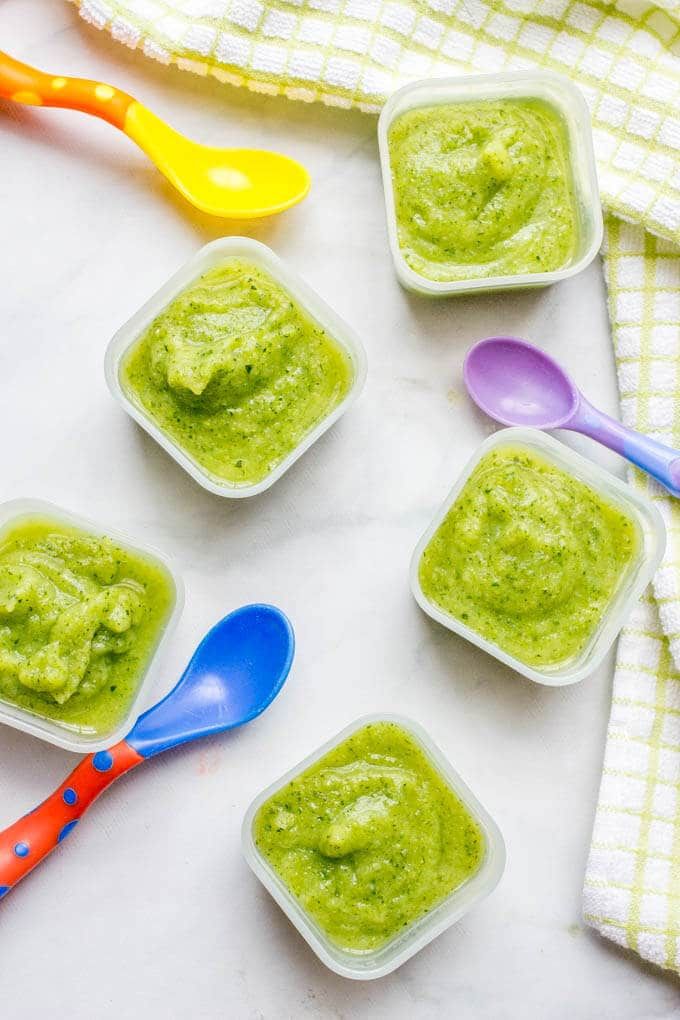 (Bottom)
(Bottom)
- Every person has it, someone has a one-story wooden one, someone has a multi-story, brick one. (Home)
- This berry is black, red and white, it contains a lot of vitamin C. (Currant)
read.
The task is to make the correct word from mixed up cards with letters denoting a product. Each team is given their own set of cards. Words must have the same number of letters.
A more complicated version: the teams are given two mixed up sets of letters denoting two words. You can spend several rounds of this game: start with simple words, finish with more complex ones.
After the children have made up the words, the teacher asks what kind of products they are, how they are useful. If the children suddenly do not know the name of a product, the teacher can help them make up a word and explain what the product is, since one of the goals of this game is to introduce children to new types of useful products and to interest them in these products.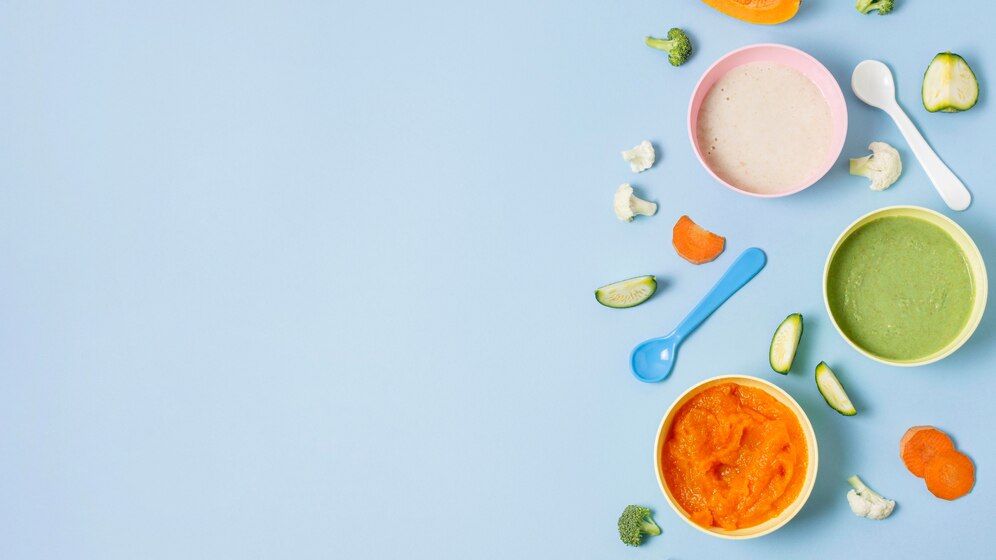
Sample product names:
Three letter words: onion, cheese, honey, tea
Four letter words: porridge, turnip, melon, quince
Five letter words: tomato, spinach, dill, lettuce
Six-letter words: pineapple, peach, rowan, cranberry
Seven-letter words: blueberries, carrots, cherries, peas
Eight-letter words: lentils, broccoli, rose hips, parsley , parsnips, currants, wild strawberries
Ten-letter words: acidophilus, champignons
19. Station "Food ladder"
Task - from the proposed letters, children lay out the names of useful products in a ladder, each next word is one letter longer than the previous one. The team with the highest ladder wins. You need to start with the shortest words - from three letters, gradually choosing letters from the general set that is given to each team - your own. Examples of words can be taken from the content of the "Make a word" station.
20.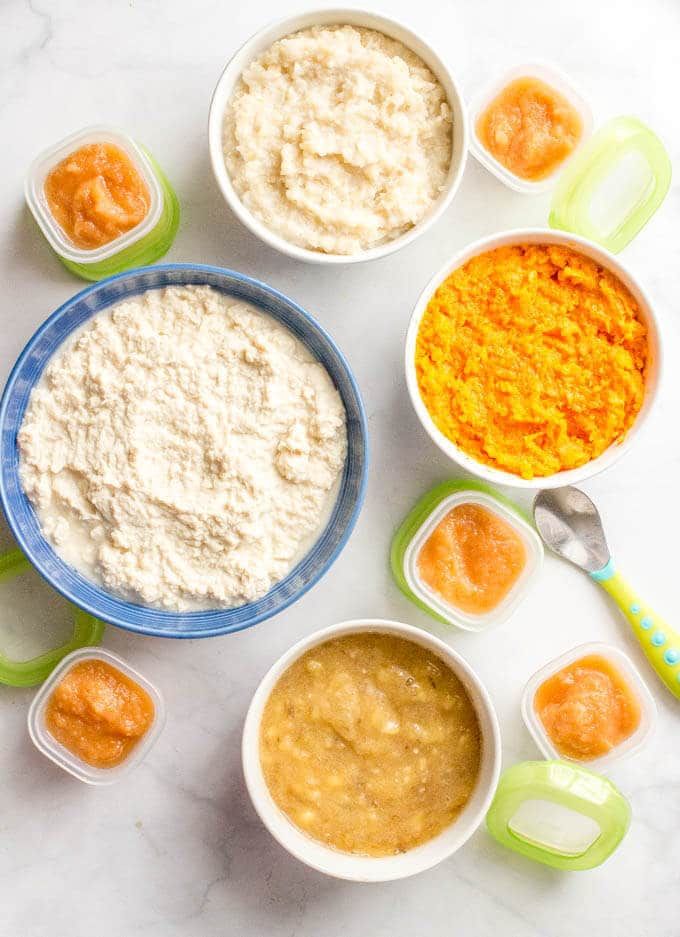 Station "Chef"
Station "Chef"
The task is to match the suggested names of dishes with cards with images of products that match them in composition. Cards can be taken from the relevant educational games.
A more complicated version of the task: arrange the proposed cards into groups corresponding to different dishes, determining without prompting which dishes they should be.
You can offer two options for each team. Dishes can be selected both familiar to children from the kindergarten menu, and (complicated version) unfamiliar, but from understandable and healthy products, so that later, when the children compose them (perhaps by elimination), introduce them to these dishes. Such a dish can be, for example, Greek salad. The first team to make the correct "recipe" wins.
Another option for the task at this station can be as follows: give the children a set of products (real, if conditions permit, or in pictures), so that they themselves make up a combination of products and give this dish their interesting name.

